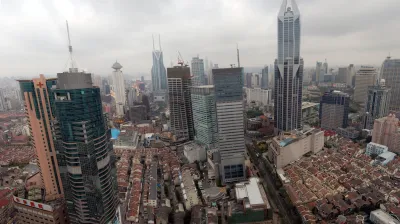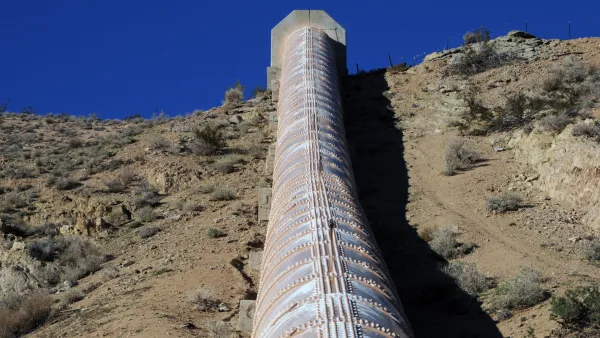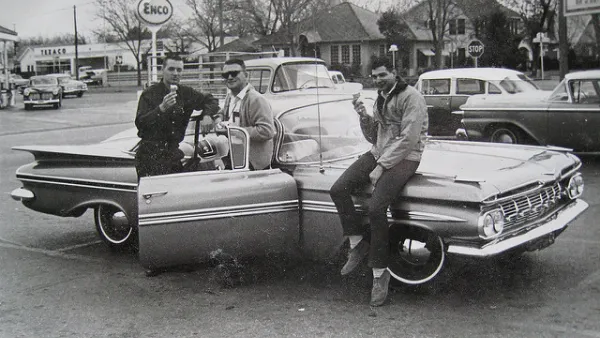After a period of modernization and urban growth unrivaled in human history, several forces promise a slump, or at least a slowing. Maybe it's time to improve existing cities, not keep building new ones.

Whatever your opinion of China's government, it cannot be denied that the country has undergone a miraculous transformation over the past several decades. Pumped up by global and regional trade, the country's cities have absorbed rural migrants in the hundreds of millions.
As Adam Minter writes, "For a while, seemingly all a local government had to do to inspire growth was kick some farmers off their land, build an industrial park and offer tax breaks to the first factory willing to open up." But that might not last too much longer, for several reasons.
The first is demographic. "In the 1970s, China had a surplus of young, under-employed workers in its countryside. That's no longer the case. The working-age population has been in decline since 2011, and the country's birthrate continues to drop."
In addition, the impetus to move to cities has faded somewhat. "Today's workers also aren't nearly as interested in moving away from home as past generations were. Last year, China's migrant population fell by 5.68 million -- the first decline in three decades. Conditions in the countryside have improved markedly in recent years, and rural incomes are rising faster than urban ones, thanks to decades of infrastructure investment and the growing reach of e-commerce."
All things considered, it's unlikely Beijing will meet its goal of boosting the urbanization rate to 60 percent by 2020. But then again, it's China.
FULL STORY: Has China Reached Peak Urbanization?

National Parks Layoffs Will Cause Communities to Lose Billions
Thousands of essential park workers were laid off this week, just before the busy spring break season.

Retro-silient?: America’s First “Eco-burb,” The Woodlands Turns 50
A master-planned community north of Houston offers lessons on green infrastructure and resilient design, but falls short of its founder’s lofty affordability and walkability goals.

Delivering for America Plan Will Downgrade Mail Service in at Least 49.5 Percent of Zip Codes
Republican and Democrat lawmakers criticize the plan for its disproportionate negative impact on rural communities.

Test News Post 1
This is a summary

Test News Headline 46
Test for the image on the front page.

Balancing Bombs and Butterflies: How the National Guard Protects a Rare Species
The National Guard at Fort Indiantown Gap uses GIS technology and land management strategies to balance military training with conservation efforts, ensuring the survival of the rare eastern regal fritillary butterfly.
Urban Design for Planners 1: Software Tools
This six-course series explores essential urban design concepts using open source software and equips planners with the tools they need to participate fully in the urban design process.
Planning for Universal Design
Learn the tools for implementing Universal Design in planning regulations.
EMC Planning Group, Inc.
Planetizen
Planetizen
Mpact (formerly Rail~Volution)
Great Falls Development Authority, Inc.
HUDs Office of Policy Development and Research
NYU Wagner Graduate School of Public Service





























